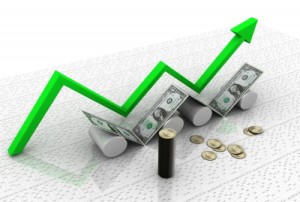Understanding how to read a cash flow statement is an essential part of doing business. Here is a quick step by step guide to help you with the basics and understand what you are looking for.
Start With The Basics
The most important question you need to answer is whether this business is cash flow positive or not. You should look for the line titled “Net increase (or decrease) in cash and cash equivalents”. This is normally found near the bottom of the report. This line will tell you whether the company was cash flow positive or negative over the given period.
Understand What The Numbers Mean
Just because a company is cash flow negative does not mean it is in bad shape. You should look at past reports to see if this is a one-time event or a consistent problem. If the company recently made an acquisition, purchased large assets or made investments in growth they may experience a period of negative cash flow. This does not signal a problem and can, in fact, be the sign of a growing business.
Long-Term Problem?
If a company does have a consistent streak of negative cash flow statements, you should ask yourself two questions. What is the size of the deficit and can the difference be settled through cash on hand, bank borrowing or selling off assets. Most new companies, especially in industries with a high barrier of entry, will experience negative cash flow in the beginning as they require a larger customer base to become profitable. If you believe the business is destined to grow, this could potentially lead to positive cash flow in the future.
What is your Goal
At the end of the day, how you interpret a cash flow statement depends on what you are looking for. If you are looking for an established company with consistent revenue and expenses, you should be more turned off by any signs of negative cash flow. On the other hand, If you are used to working with new or riskier companies than your tolerance for negative cash flow should adjust accordingly.
The most important thing to take away is that negative or positive cash flow is not in and of itself a good or bad thing. Why a certain company is cash flow positive or negative is far more important. A string of large orders that drive up cash flow one month does not always mean the business is healthy long term. Conversely, a large purchase that leads to negative cash flow does not mean the business is going to be insolvent. Context is everything.
